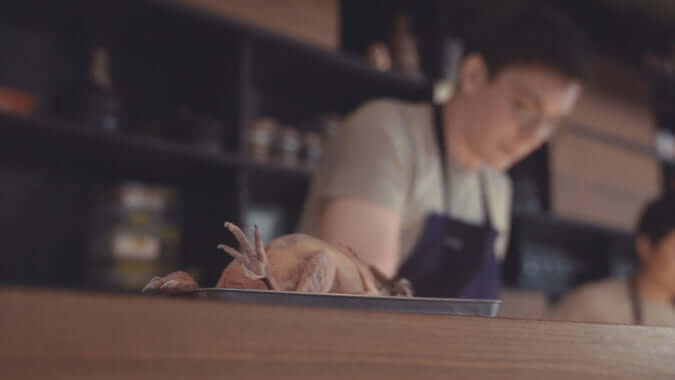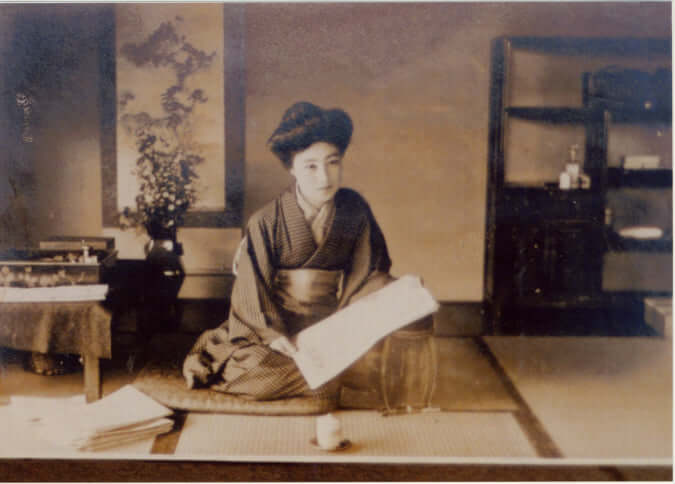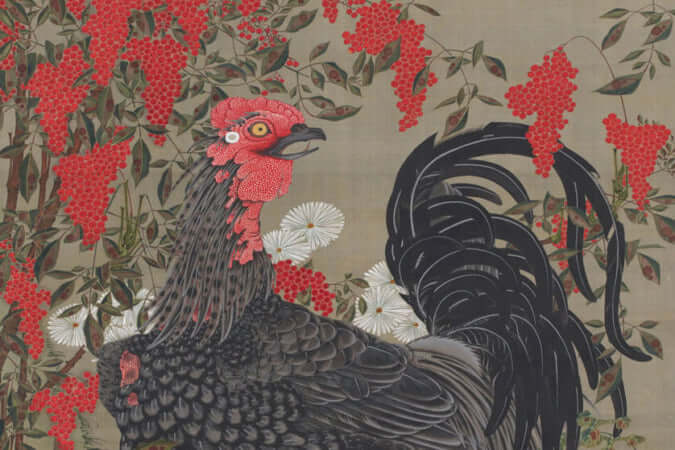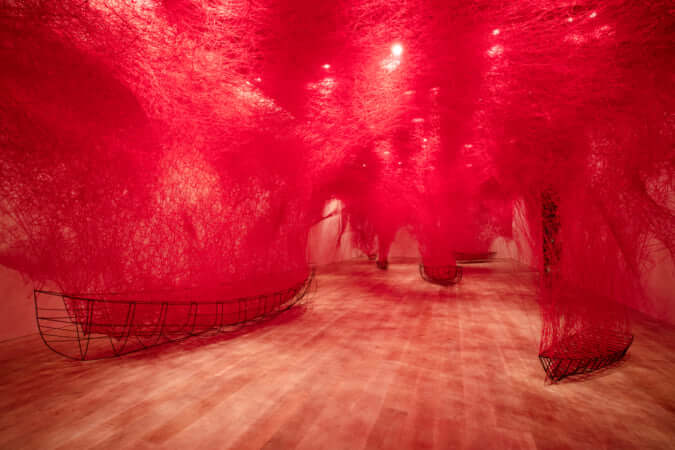Takuto Ohta Creates Strange, Moving Sculptures
The Japanese architect presents his 'rubbish things', wooden objects that are capable of moving unassisted.

© Takuto Ohta
Organic objects that seem strangely alive, rubbish things move and evolve without the assistance of any form of motor. These wooden ‘things’ are sensitive to their environment, whether animate or inanimate, which dictates their movement.
Architect Takuto Ohta, born in France in 1993, is behind these intriguing sculptures. A graduate from Tokyo University of the Arts, he takes a particular interest in the relationships between humans and their creations. ‘We create in an inorganic way. We use shapes, masses that are supposed to remain immobile. Fixed, bound by their own body, they appear almost powerless’, the artist declares.
Glorifying uselessness
Although rubbish things do not appear to have any use at first glance, their ability to respond to the movements of a human body and lean on things that surround them gives them a certain consciousness. When pushed, they return to their original position, find comfortable places to settle, and seem to coexist, independently of us. Watching them move, we can only wonder: are they alive after all? Do they have a will of their own? ‘In reality, my things move thanks to the wind, and the movement around them. They are made from 100 wooden rods in reference to centipedes, written in kanji as 百足, or 100 legs. The movements of this animal fascinate me. When one leg moves, all the others follow, in a sort of chain reaction’, he explains.
Through this body of work, Takuto Ohta glorifies uselessness. His rubbish things, fascinating and somewhat frightening, allude to the multitudes of objects we consume on a daily basis and pile up in our homes. Does a creation have to be necessary in order for it to have a meaning? By constructing these wooden objects, the architect proves that a paltry accessory can still be captivating.
rubbish things (2019), a piece by Takuto Ohta, can be viewed on his website.

© Takuto Ohta

© Takuto Ohta
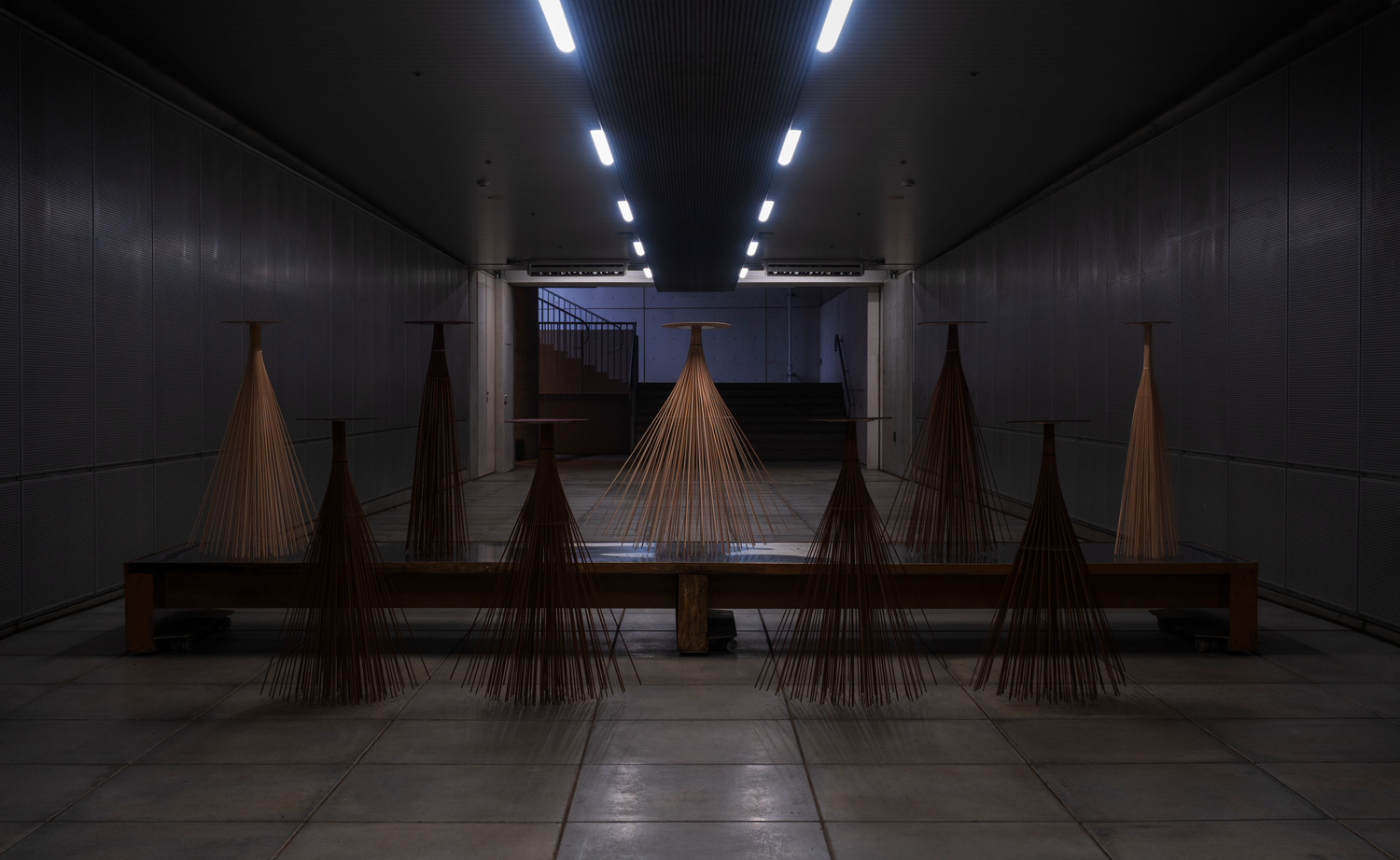
© Takuto Ohta
TRENDING
-
The Tattoos that Marked the Criminals of the Edo Period
Traditional tattoos were strong signifiers; murderers had head tattoos, while theft might result in an arm tattoo.

-
Paris, Tokyo: Robert Compagnon
With his co-chef and talented wife, Jessica Yang, Robert Compagnon opened one of the top new restaurants in Paris: Le Rigmarole.
 3:31
3:31 -
The Story of Sada Yacco, the Geisha who Bewitched Europe
Described by Dazed magazine as the first beauty influencer, she has been restored to her former glory since 2019.

-
Ito Jakuchu's Naturalist Paintings
From 15 September until 14 October 2018, the Petit Palais showcased the artist's iconic ‘Images of the Colourful Realm of Living Beings’.

-
Chiharu Shiota, Red Threads of the Soul
Last year, more than 660,000 people visited the retrospective 'Chiharu Shiota: The Soul Trembles' exhibit at the Mori Art Museum.


